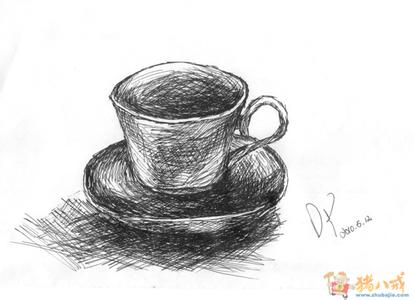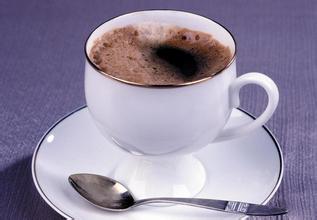3 Ways to Control Roast Degree-Getting good coffee beans is no longer difficult.
First, the degree of baking should be controlled by the changes of vision, sound and smell.
People's five senses are the most widely used and the best judgment tool to control the degree of baking. Just like when you watch a movie and think it's over, you naturally know that roasted coffee beans are like this. If you think it smells, colors and sounds to a certain extent, you will know that this is what you want.
Second, electronic instruments and equipment are used to control the degree of baking.
The electronic instruments we are talking about here refer to things like sensors. The surface temperature of the coffee can be obtained by burying the sensor in the roasted coffee beans. The temperature obtained by the sensor is only a rough number, which can only be used as a reference. When the value on the sensor reaches a certain value, it is known that it is over.
Third, exchange time and constant attempts for success
This baking method controls the degree of baking (for example, I-ROAST) by adjusting the time on the machine, or by controlling the baking degree recommended by the manufacturer, to try baking several times. Then adjust the baking degree according to the decreasing time. If you think the baking is too sour and too bright, then extend it a little longer next time. On the contrary, if you feel too bitter and astringent, then shorten the time.
The disadvantage of this method is that the results can not be applied to another kind of beans, and each kind of beans must be tried repeatedly to get the best baking degree. Also remember that baking records can only be made on this machine, not on another machine.
Baking is a necessary stage if you want to get high-quality coffee beans. A good coffee roaster has a lot of experience, so he can roast coffee beans just right. As a novice coffee roaster, the above three methods can effectively control the roasting degree of coffee beans, so you might as well try it at work.

Important Notice :
前街咖啡 FrontStreet Coffee has moved to new addredd:
FrontStreet Coffee Address: 315,Donghua East Road,GuangZhou
Tel:020 38364473
- Prev

This is the reason why the second brewed coffee is not good.
Coffee cooked beans are composed of soluble aromatic substances (about 30%) and wood fibers (about 70%), but not all of them are best when extracting aromatic substances. In general, coffee with an extraction rate of 18% to 22% will taste better. If you find it difficult to understand, let's take sugarcane as an example: sugarcane is made up of water, sugar, minerals, vitamins, amino acids and other nutrients.
- Next

How to make espresso powder in proportion to espresso powder
Espresso coffee how to make espresso powder for example, if you walk into the Vivace Espresso coffee shop in Seattle, USA, you usually get a cup of espresso with a gouache ratio of 1:1-1 / 15. David Schomer, the founder of the coffee shop, was the pioneer in the Italian espresso industry at that time and brought this coffee for the first time.
Related
- Beginners will see the "Coffee pull flower" guide!
- What is the difference between ice blog purified milk and ordinary milk coffee?
- Why is the Philippines the largest producer of crops in Liberia?
- For coffee extraction, should the fine powder be retained?
- How does extracted espresso fill pressed powder? How much strength does it take to press the powder?
- How to make jasmine cold extract coffee? Is the jasmine + latte good?
- Will this little toy really make the coffee taste better? How does Lily Drip affect coffee extraction?
- Will the action of slapping the filter cup also affect coffee extraction?
- What's the difference between powder-to-water ratio and powder-to-liquid ratio?
- What is the Ethiopian local species? What does it have to do with Heirloom native species?

